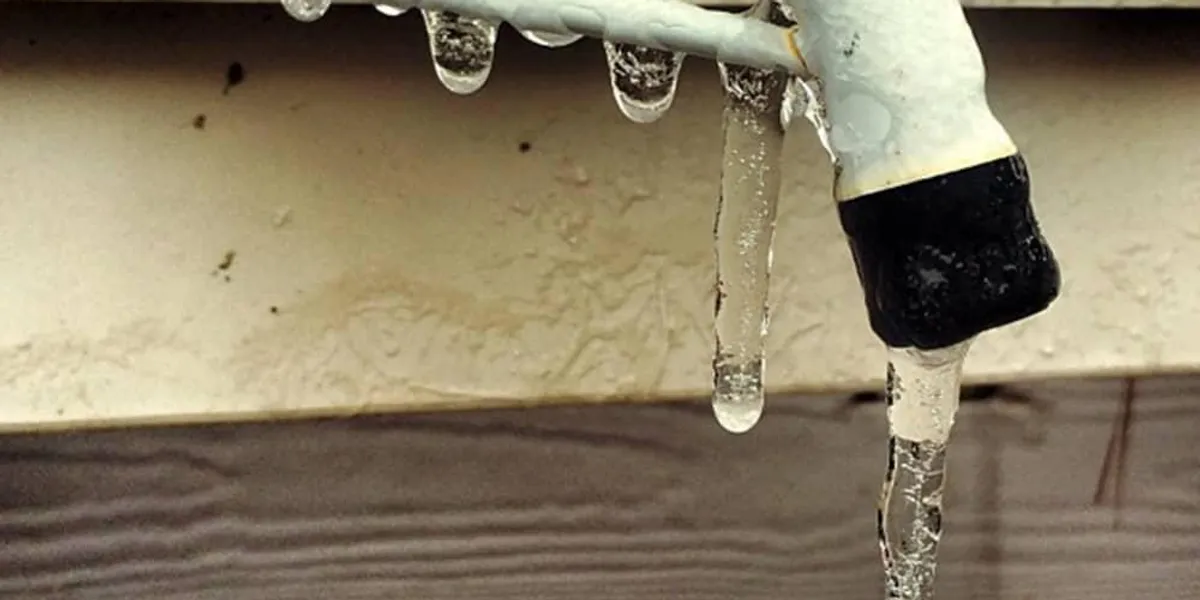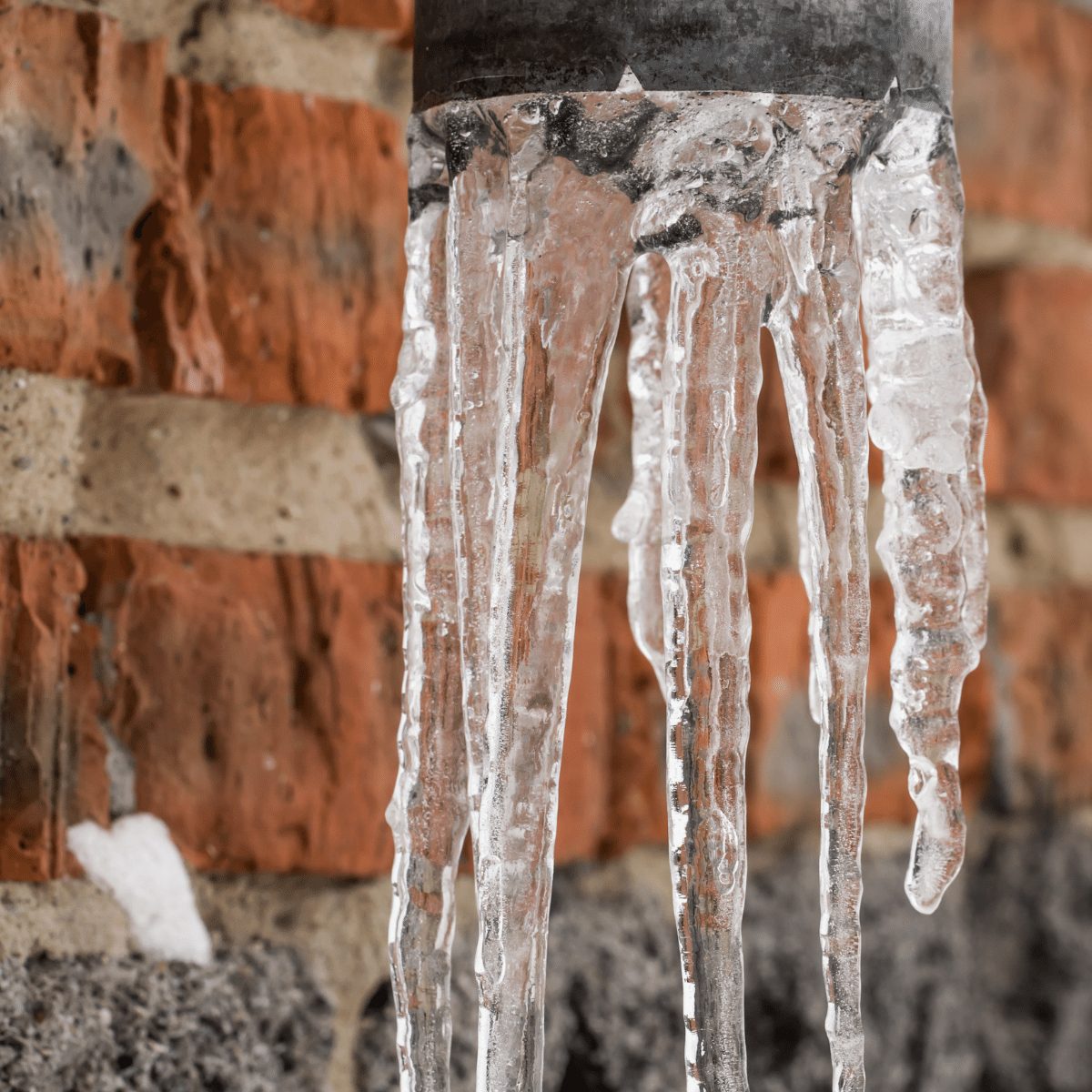Essential Strategies for Preventing Frozen Pipes in Winter
Essential Strategies for Preventing Frozen Pipes in Winter
Blog Article
Just how do you actually feel with regards to Prevent Frozen Pipes ?

Cold weather can wreak havoc on your pipes, specifically by freezing pipes. Here's how to stop it from occurring and what to do if it does.
Introduction
As temperatures decrease, the risk of frozen pipelines boosts, possibly resulting in pricey repair work and water damages. Recognizing how to avoid icy pipes is important for home owners in cold climates.
Prevention Tips
Protecting susceptible pipes
Cover pipelines in insulation sleeves or make use of heat tape to safeguard them from freezing temperature levels. Concentrate on pipelines in unheated or outside locations of the home.
Home heating strategies
Maintain indoor areas effectively heated up, particularly areas with plumbing. Open cupboard doors to permit cozy air to flow around pipes under sinks.
How to determine frozen pipes
Seek lowered water circulation from taps, uncommon smells or sounds from pipelines, and noticeable frost on revealed pipelines.
Long-Term Solutions
Structural modifications
Think about rerouting pipes far from outside walls or unheated areas. Include additional insulation to attics, basements, and crawl spaces.
Updating insulation
Buy high-grade insulation for pipelines, attics, and wall surfaces. Correct insulation assists preserve consistent temperatures and lowers the risk of frozen pipelines.
Securing Outdoor Plumbing
Yard hose pipes and outdoor taps
Separate and drain pipes garden hose pipes before winter season. Install frost-proof spigots or cover outdoor faucets with insulated caps.
Understanding Icy Pipelines
What triggers pipes to ice up?
Pipelines ice up when subjected to temperatures below 32 ° F (0 ° C) for expanded durations. As water inside the pipelines ices up, it expands, taxing the pipeline walls and potentially causing them to break.
Dangers and damages
Frozen pipes can lead to water system disturbances, residential property damage, and expensive fixings. Ruptured pipes can flood homes and create considerable structural damage.
Indicators of Frozen Water Lines
Identifying icy pipes early can prevent them from breaking.
What to Do If Your Pipes Freeze
Immediate activities to take
If you think icy pipes, maintain faucets open up to eliminate pressure as the ice thaws. Make use of a hairdryer or towels soaked in warm water to thaw pipes gradually.
Conclusion
Stopping icy pipes needs aggressive steps and fast feedbacks. By understanding the reasons, indicators, and preventive measures, property owners can secure their pipes during cold weather.
5 Ways to Prevent Frozen Pipes
Drain Outdoor Faucets and Disconnect Hoses
First, close the shut-off valve that controls the flow of water in the pipe to your outdoor faucet. Then, head outside to disconnect and drain your hose and open the outdoor faucet to allow the water to completely drain out of the line. Turn off the faucet when done. Finally, head back to the shut-off valve and drain the remaining water inside the pipe into a bucket or container. Additionally, if you have a home irrigation system, you should consider hiring an expert to clear the system of water each year.
Insulate Pipes
One of the best and most cost-effective methods for preventing frozen water pipes is to wrap your pipes with insulation. This is especially important for areas in your home that aren’t exposed to heat, such as an attic. We suggest using foam sleeves, which can typically be found at your local hardware store.
Keep Heat Running at 65
Your pipes are located inside your walls, and the temperature there is much colder than the rest of the house. To prevent your pipes from freezing, The Insurance Information Institute suggests that you keep your home heated to at least 65 degrees, even when traveling. You may want to invest in smart devices that can keep an eye on the temperature in your home while you’re away.
Leave Water Dripping
Moving water — even a small trickle — can prevent ice from forming inside your pipes. When freezing temps are imminent, start a drip of water from all faucets that serve exposed pipes. Leaving a few faucets running will also help relieve pressure inside the pipes and help prevent a rupture if the water inside freezes.
Open Cupboard Doors
Warm your kitchen and bathroom pipes by opening cupboards and vanities. You should also leave your interior doors ajar to help warm air circulate evenly throughout your home.

I'm certainly very curious about 6 Ways to Prevent Frozen Pipes and I'm hoping you appreciated our blog post. Please set aside a second to share this post if you appreciated it. Thank you for taking the time to read it.
Call Today Report this page